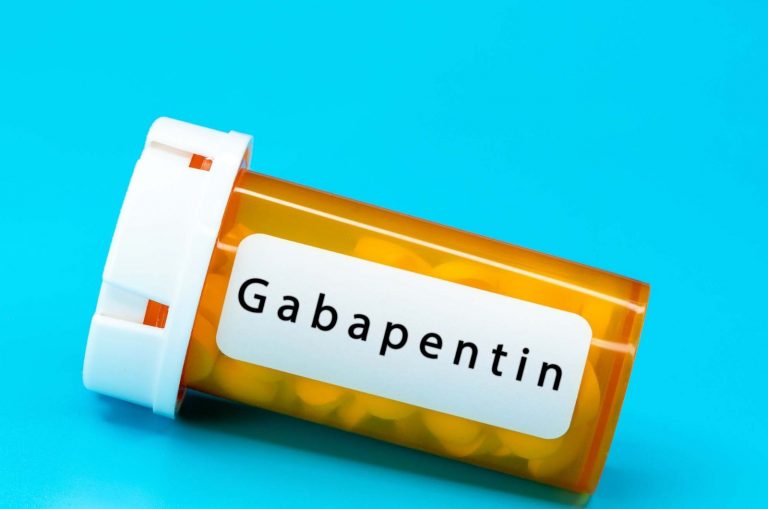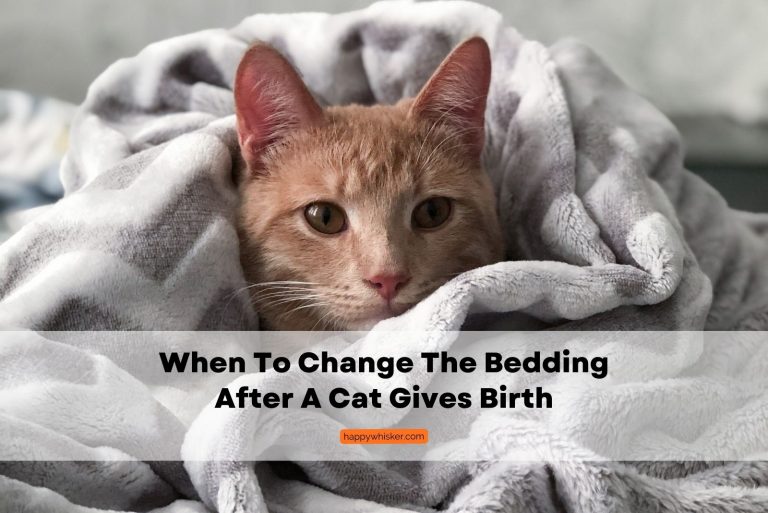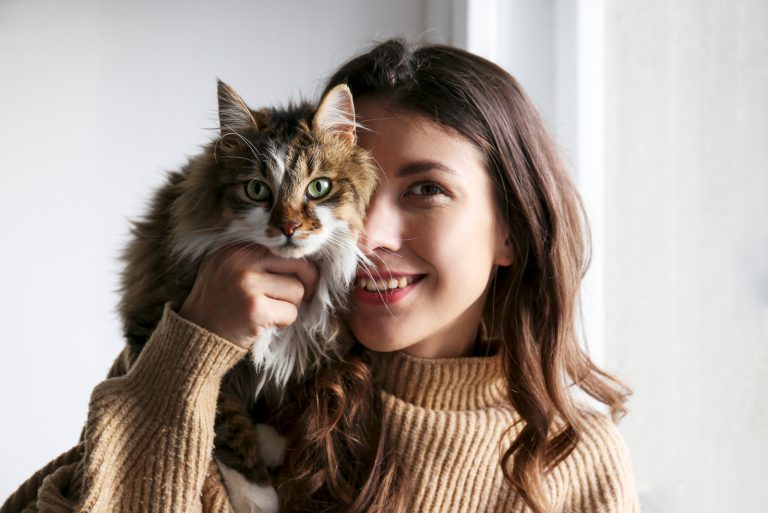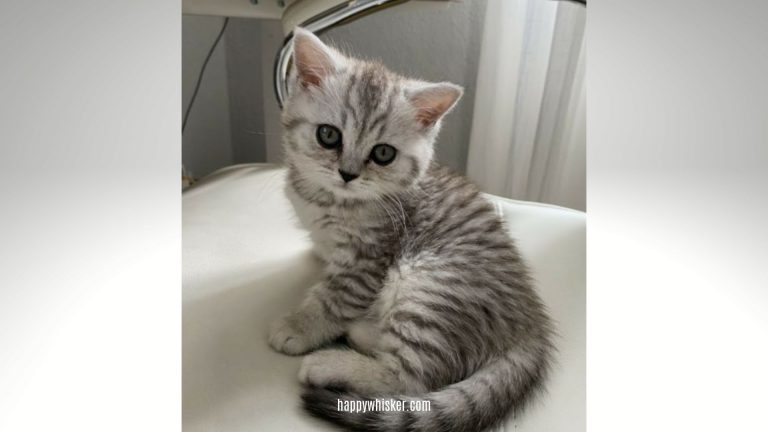Cats’ Blood Clots: What Does It Mean To Throw A Clot?
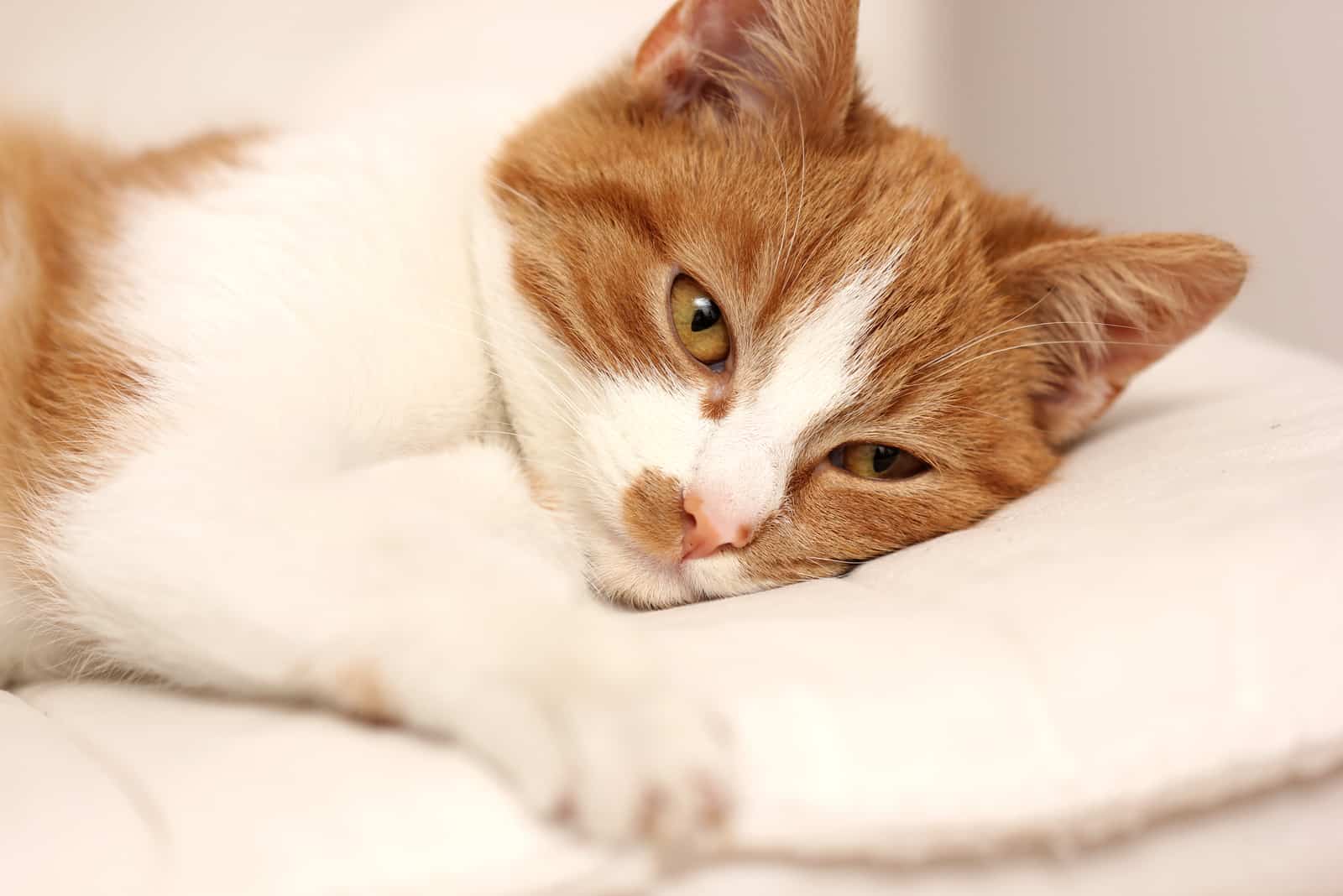
Blood clot development in cats is a life-threatening condition that usually hits cats unexpectedly. Understanding what causes blood clots is essential for lowering your cat’s risk of acquiring one.
In the text below, I will explain what blood clots in cats are, how they affect cats, how veterinarians may treat them, and how you can help in their prevention.
What does it mean to throw a clot? Blood clots can happen to both humans and animals, in this case, cats.
The phrase ‘throwing a clot’ means that a blood clot has moved and is traveling around the cat’s body. Blood clots often lead to pulmonary embolism.
There are various different causes and symptoms, which are further analyzed in the text below.
Pulmonary Embolism In Cats
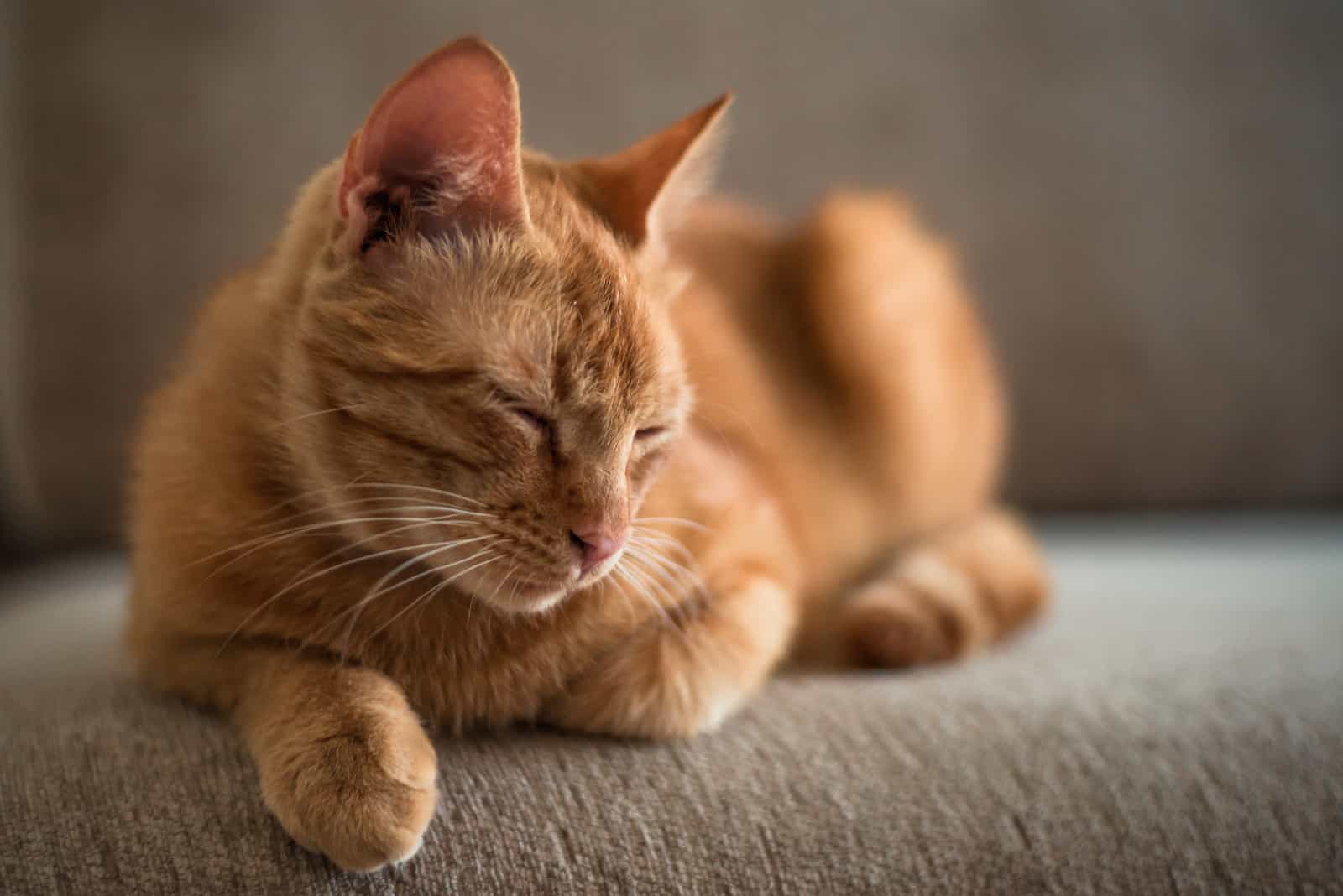
Pulmonary embolism means the obstruction of a blood vessel by a dislodged blood clot that has traveled from other areas of the body.
Pulmonary thromboembolism is a blood clot that has traveled through the blood vessels and been trapped in one of the pulmonary arteries, which further blocks blood flow into the region of the lung served by that artery.
Common Symptoms:
🐾 shortness of breath
🐾 coughing and spitting blood
🐾 chest pain
🐾 nausea
🐾 weakness
🐾 rapid breathing
🐾 inability to get comfortable
🐾 loss of appetite
After a physical examination, your vet will notice a few symptoms, including pale gums, which usually happen because of low oxygen levels in the blood.
Possible Causes of pulmonary embolism:
🐾 heart disease
🐾 sepsis
🐾 liver disease
🐾 pancreatitis
🐾 bone surgery or trauma
🐾 immune-mediated hemolytic anemia (IMHA)
🐾 disseminated intravascular coagulopathy (DIC) i.e. blood clotting in the blood vessels
After a physical examination, the vet will assess the risk factors, and after your cat’s diagnosis, they will first be treated with oxygen therapy in order to get their blood oxygen level back to normal.
The vet may do some blood tests to diagnose PE or rule out blood clotting.
It all depends on how your cat reacts to this therapy so it is important to pay attention to their behavior and to prevent them from engaging in any activity so they don’t faint.
There are a few medications that can also help with this condition in cats. Heparin, which is a blood thinner, i.e. an anticoagulant, is used to prevent future blood clotting.
However, Heparin only prevents new blood clots from occurring, it doesn’t break down any already-formed blood clots that may be present in the cat’s body.
Warfarin, on the other hand, is a different anticoagulant that is used for long-term treatment. This, of course, needs to be prescribed by a vet.
You always need to be careful, because you need to balance the reduction of blood clotting while still allowing the blood to do its job.
Other medications that are successfully used as preventative meds for cats with pulmonary embolism are anti-platelet medications, e.g. clopidogrel.
What Does It Mean To Throw A Clot?

‘Throwing a clot’ means that a clot has moved from one location in the body to another. In this scenario, it appears that your cat has hypertrophic cardiomyopathy, which puts them in danger of throwing a clot.
This is the most frequent type of heart disease in cats, and when it occurs, a blood clot can develop in one of the heart’s four chambers – the left atrium – and then it may break free and travel through the bloodstream, causing a blockage of the normal blood flow.
The outcome can be quite severe, even life-threatening, depending on where the clot ends up obstructing the flow of blood.
The end of the aorta, the artery that connects the heart to the rest of the body, is the most likely location for the clot to lodge. The medical term for this type of clot is saddle thrombus.
This is because the aorta’s end is branched, similar to how one’s legs spread when sitting on a saddle. (“Thrombus” is a medical word that means “clot.”) A saddle thrombus can cause paralysis of a cat’s rear legs, rendering the animal unable to walk.
Surprisingly, many cats may walk again after recovering from a saddle thrombus. However, others might have very different outcomes.
As horrible as it might be, this should not automatically prompt the owners to euthanize their pets; instead, a meeting with the veterinarian is required to assess the situation and choose how to treat the cat going forward.
Clots can also move to blood veins that lead to crucial organs such as the kidneys, brain (producing a stroke), or the heart itself, causing heart failure (or a heart attack).
In such circumstances, the consequences might be far-reaching. That’s why your veterinarian will prescribe blood thinners for your cat in order to prevent further risk of blood clots, and to prevent a potentially fatal clot from forming in the first place.
Blood Clots: Causes & Symptoms
Heart disease is the most prevalent cause of blood clots in cats. Most cats with heart problems develop enlarged hearts, causing the blood in the heart to flow more.
The reason for this is unknown, but it stimulates the production of different types of blood clots.
Blood clots form and dislodge when blood is forced out of the heart, and they become lodged in the descending aorta producing ATE, in the lungs (causing PE), or elsewhere.
A blood clot that is usually the least harmful in cats is the deep vein thrombosis (DVT), since it gets stuck in one of the larger veins in the body and doesn’t move around.
Cats with heart disease frequently exhibit signs such as weight loss, slowing down, breathing issues, or a potbelly. These signs can be used to identify heart disease and, in turn, treat it to prevent blood clots in cats from developing.
However, many cats are only identified with cardiac disease when they go to the vet because of an emergency with blood clots, since cats are known to be incredibly skilled at concealing illness.
Other Causes Of Blood Clots In Cats:

Less common causes are: hyperactive thyroid glands, heartworm, pancreatitis, low protein levels in the blood, sepsis, and immune-mediated hemolytic anemia.
When these circumstances exist, the blood becomes stickier, which encourages the development of blood clots.
As we have discussed, blood clots can dislodge, travel, and become lodged in vital blood arteries, most commonly in the descending aorta.
Many of these conditions will have underlying symptoms as well, but they may not be detected until a blood clot emergency occurs.
Diagnosis & Symptoms Of Blood Clots In Cats
Diagnosis and symptoms of a blood clot can only be determined by the vet. An x-ray or CT scan of different areas of the body help determine if and where blood clots have occurred.
ATE, or feline arterial/ venous thromboembolism (VTE), is typically clear based on the chilly and sore rear legs. PE (pulmonary embolus) is more difficult to identify since it resembles respiratory distress which may have other causes.
If a precise diagnosis is necessary, the absence of a pulse in the limbs or analysis of a blood sample from the afflicted legs might confirm ATE.
If the underlying cardiac disease is not already diagnosed, ultrasonography is frequently performed to confirm it.
However, there is usually no time for a thorough diagnosis, as therapy must be administered as soon as possible based on a physical examination and description of the cat’s condition.
Hydration and oxygen therapy are used to stabilize the cat. These are necessary to increase blood pressure (high blood pressure isn‘t good either, but it needs to be increased) and to enable oxygen to reach the remainder of the tissues.
Blood clots are extremely unpleasant and very painful for the cat, so effective pain killers are also administered.
Treatment for any underlying heart disease may begin with diuretics to remove excess fluid, and drugs to enhance the heart’s pace and contractions.
In combination with other therapies and treatments, manually moving your cat’s paralyzed legs might help restore blood flow.
Anti-clotting medicine is occasionally used to break down a blood clot. However, these are not always successful and may raise the risk of serious hemorrhage. Bronchodilators can help expand the airways when PE occurs.
Blood clot treatment takes time, so cage rest and careful monitoring are essential. The cat will usually have to stay at the clinic for a while until the clot breaks down and the cat is out of danger and well enough to go home.
Prevention Of Blood Clots In Cats
Many underlying reasons for blood clot development in cats might go undetected for months, or even years. If your cat begins to act strangely, loses weight, slows down, or struggles to breathe, we recommend that you schedule an appointment with your vet right away.
Furthermore, it is a good idea for your cat to have regular examinations regardless of how well they might appear, as veterinary doctors may sometimes detect subtle symptoms that might indicate the early stages of this condition.
The earlier a condition is detected, the better the prognosis and the greater the likelihood of preventing blood clot development. Managing cardiac problems is crucial in order to prevent blood clots in cats.
Final Words
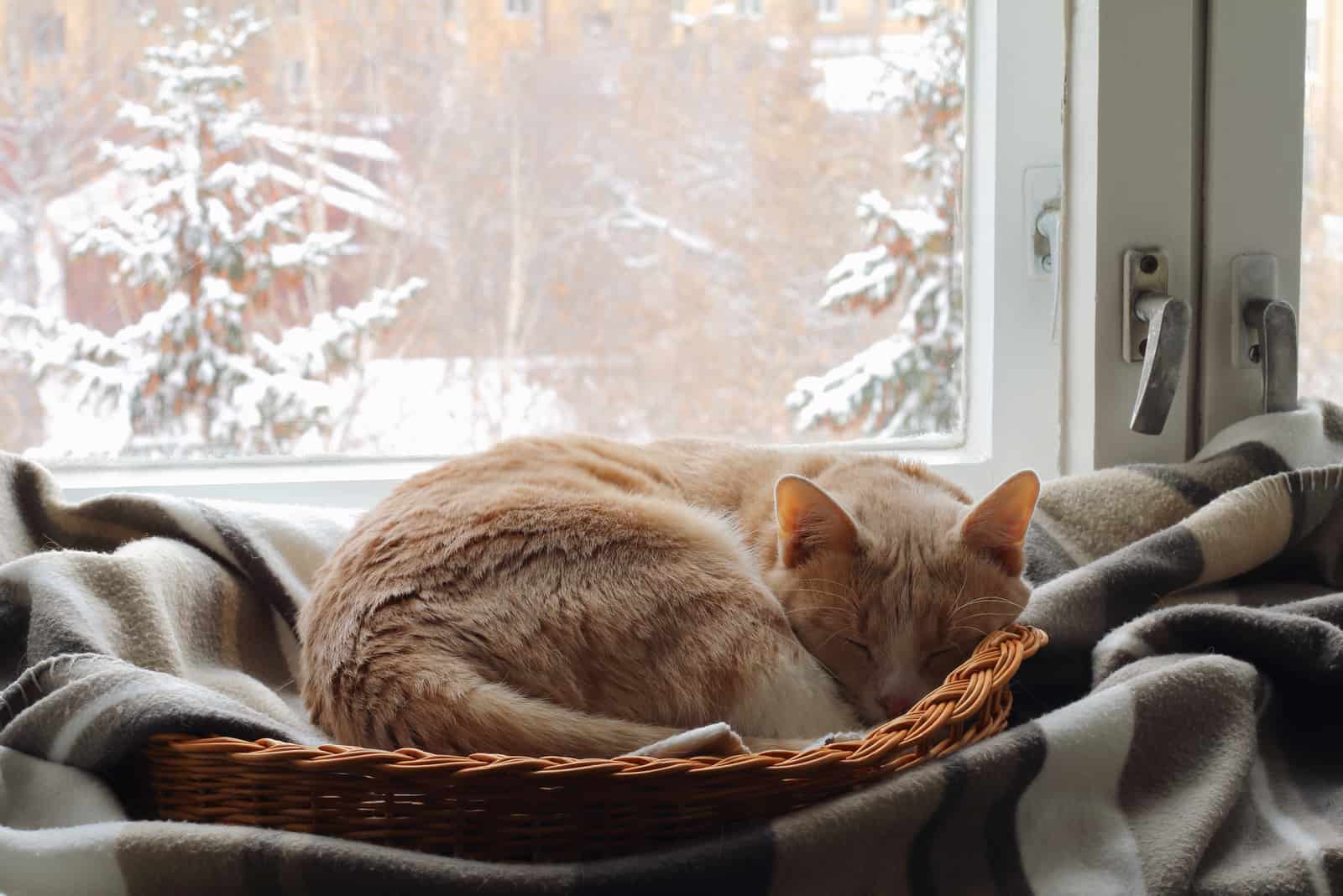
Blood clot formation in cats is a potentially fatal illness that can strike cats suddenly. Understanding what causes blood clots is critical for reducing your cat’s risk of getting one.
I’ve described what blood clots in cats are, how they affect cats, what does it mean to throw a clot, how veterinarians treat these conditions, and how you can help your cat avoid them.
To sum up, what does it mean to ‘throw a clot’? This is a common question that many cat owners have asked because blood clots can occur in both humans and animals.
Throwing a clot means that a blood clot has migrated and is circulating in the cat’s body.
Blood clots can result in several serious medical conditions, but most commonly in pulmonary embolism.
There are also many other causes and symptoms, different coagulation medications, pain killers, and different treatments that can be used to help and/or prevent blood clots in cats.
The best course of action if you are concerned is to speak to a reputable veterinarian and take your cat for regular check ups.
You can also have a look at our other articles concerning cat’s health:
🐾 6 Possible Causes Of A Cat Coughing With Tongue Out (Explained)
🐾 Cat Suddenly Lethargic And Weak – Causes & Treatment Options

